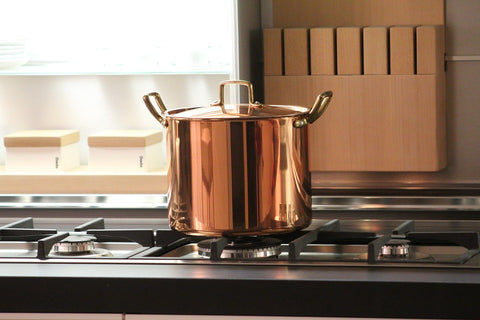Archeological digs have revealed that copper was part of the earliest civilizations. It has been used for a variety of purposes throughout time, ranging from jewelry to sculptures to work tools to cutlery.

(Pixabay / sferrario1968)
Copper is believed to be among the first metals discovered and used by men, and it’s no wonder that humans took a shine to the element. Copper is malleable and soft and flexible yet durable. These qualities make copper an extremely accessible and useful material for many applications.
Copper for Electroplating
Today, copper is widely used in electroplating, which entails using electricity to apply a very thin layer of copper onto another metal or plastic surface. Copper electroplating is a method used widely in industries, mainly to protect other metals from corrosion. It is frequently used as an under-layer for further electroplating because of its smooth and uniform coverage. Copper electroplating is also used to prior to soldering, especially in the electronics and aerospace industries.
The discovery of copper in electroplating has helped industries advance in their day-to-day operations. It’s hard to imagine a world without copper-plated machines or objects.
Let’s take a look at some of the various applications of copper plating:
- Because copper is such a great conductor, it works well in conjunction with Radio Frequency Interference and Electro-Magnetic Interference.
- Copper is often used as an underlay for silver or nickel plating applications because it helps them bond better than they would otherwise.
- Copper is used in the medical field because it is very resistant to bacteria.
- Copper is used to smooth out surface imperfections and facilitate a desirable finish in aluminum wheels.
- Copper electroplating can breathe new life into worn-out pots and pans.
- Today, coins are made of steel with an added layer of copper because it is easier and cheaper to plate steel than to make solid copper coins.
- Lastly, of course, copper can improve the appearance of metal and plastic items.
Copper Reacts to Other Minerals
Copper is a very appropriate element for electroplating in many applications, but there are also limitations on its use because of some specific properties of the metal. Copper, being an active metal, cannot be used for direct plating with iron without an initial application of a nickel base coat. When the base coat dries, the copper coating is added, which makes the metal stronger and prepares it for a variety of uses.
Additionally, the use of cyanide solution in conjunction with the copper solution may be necessary to ensure maximum adhesiveness. However, cyanide, being highly toxic, requires a significant amount of caution during the plating process. Copper is also naturally dull in color, which means that it requires additional steps to create that signature bright finish.
